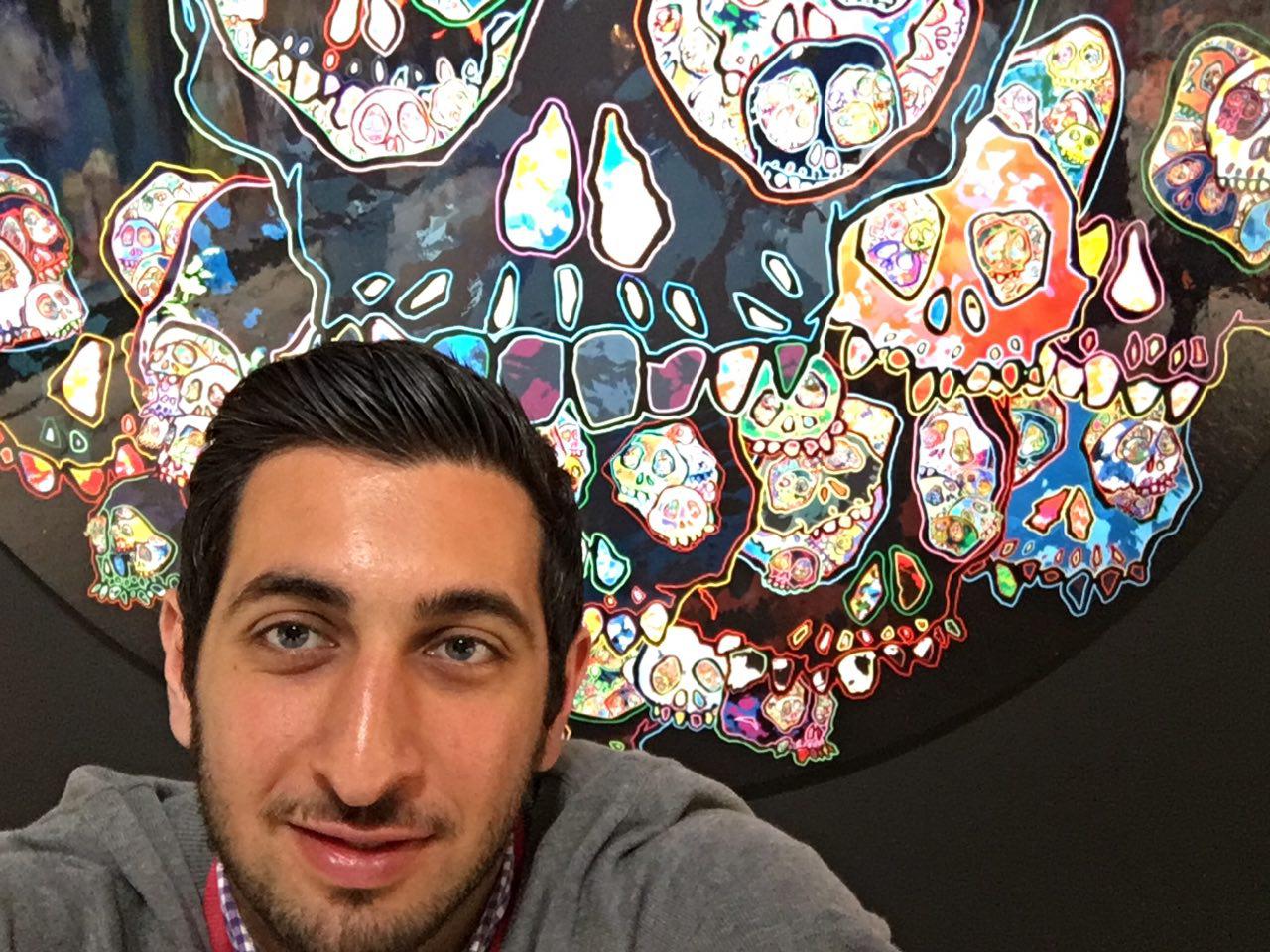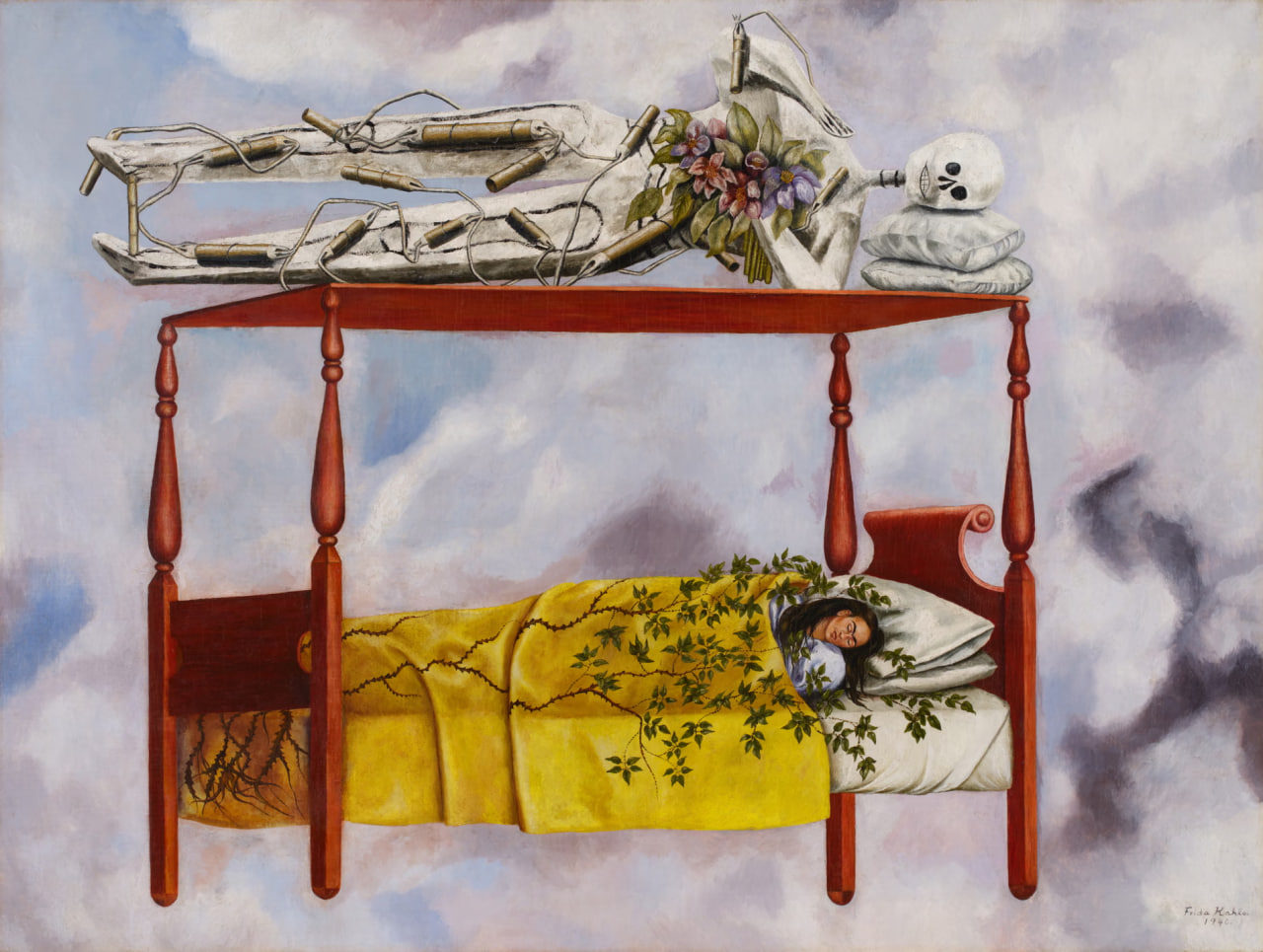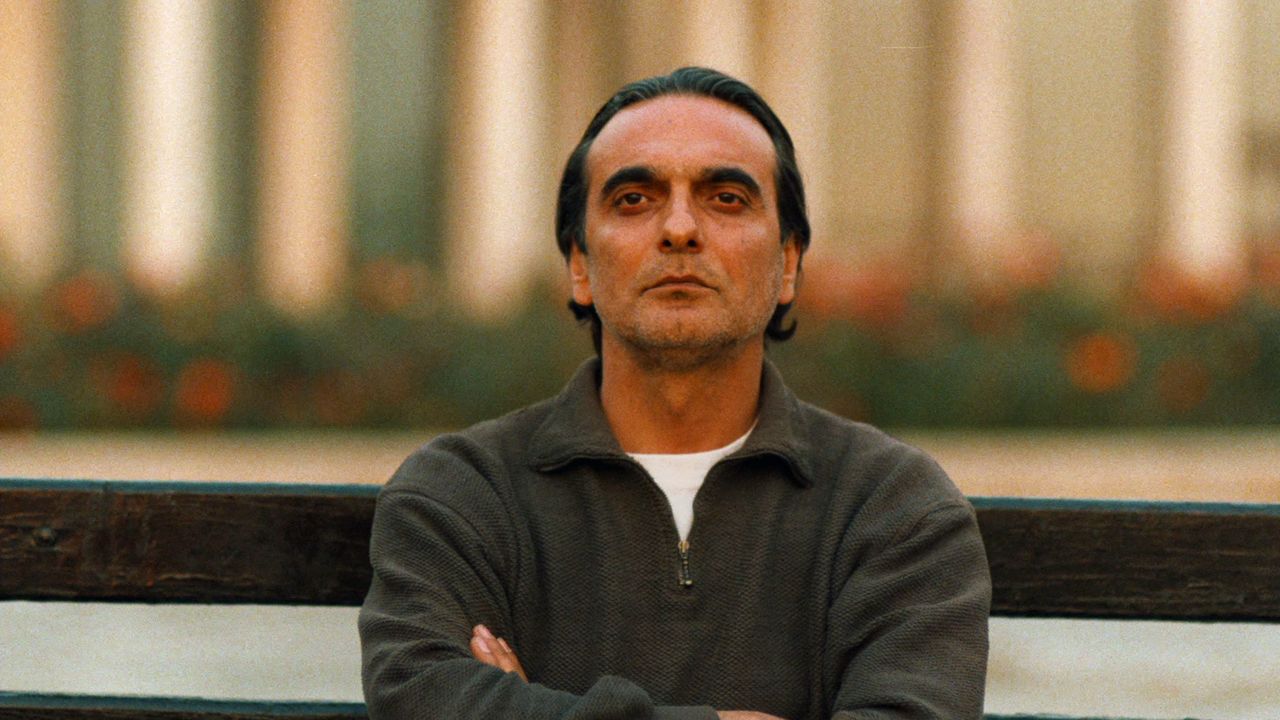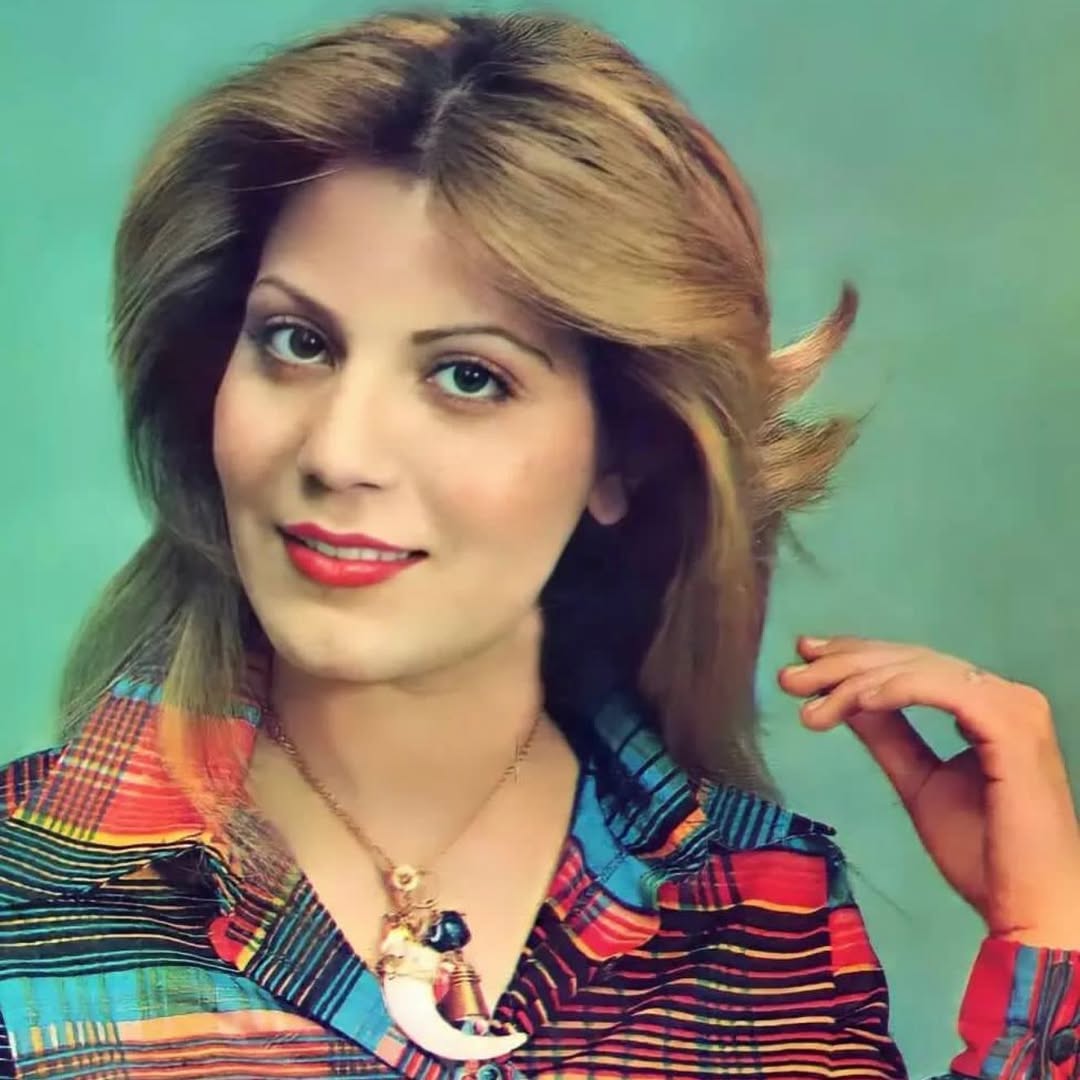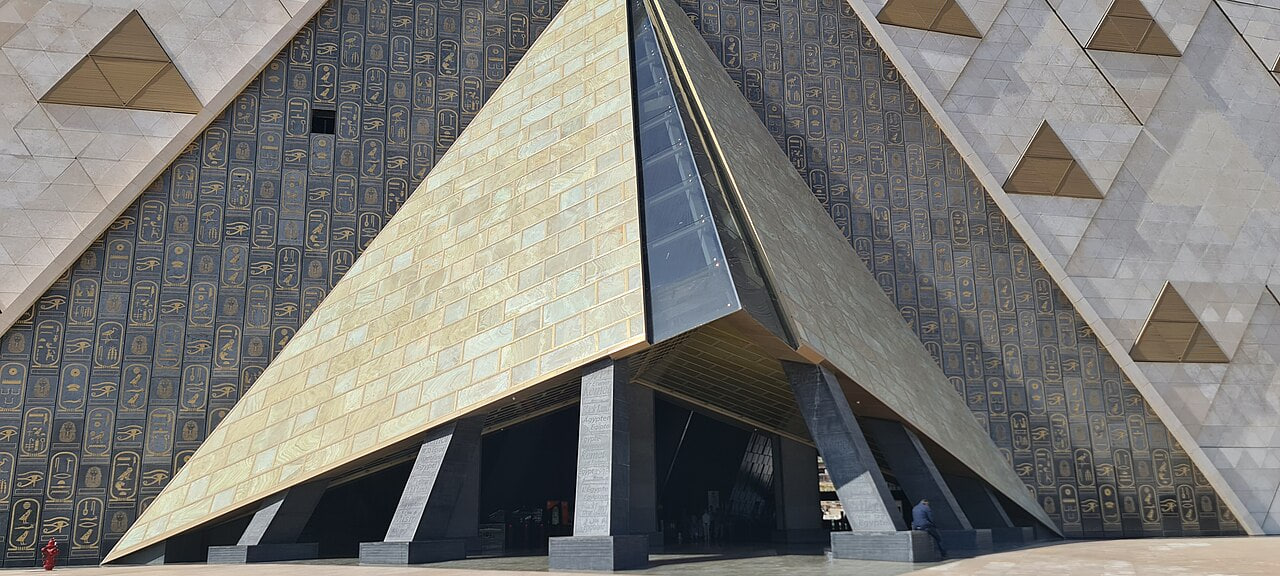Recently we met young collector & art consultant Dariush Bahrami at Aliha Gallery; for the summary of the interview, Continue Reading Below:
- Please introduce yourself to our audience.
My name is Dariush Bahrami. I am an Iranian/Italian living in Tokyo. I work for JBmirai which is art consultancy agency based in Tokyo Japan. They predominantly focus on Japanese art, however, they also try to promote other artists from around the world. They have a passion for sharing a country’s culture through art. Art is a language of its own that can break down many cultural differences and bring people together.
- Why are you interested in Japanese art? What has fascinated you?
One of the attractions of Japanese art is the technique and methods used. Japan was a country that was isolated from the world for many centuries it meant that their works were independent and unique from the rest of the world. A great example of this is Ukiyo-e. This is the technique of printing art using wooden block. This technique would later influence the likes of artists such as Monet and Van Goth.
Japanese art has always been a fascination of ours as it comprises of many elements of our childhood. We grew up watching Japanese animation as children and this style of art can be seen in some contemporary artists works.
- What artists do you work with most?
We focus on famous Japanese artists such as Yayoi Kusama, Yoshitomo Nara, and Takashi Murakami. We also work with up and coming artists. Recently we bought two artists together to collaborate on a new piece. This was an international collaboration of a Japanese graffiti artist Roamcouch and a Chilean graffiti artist Otto Schade based in the UK.
- What differences do you see between Japanese art and other countries?
The print culture in Japan is common compared to other countries. This is where the artists make artworks that are more affordable to buy compared to their original pieces. These prints are released on a limited edition basis, they are all hand signed and numbered by the artist.
- What do you think would be the feedback to Japanese art in Iran?
At this moment I’m not sure at all. But from our personal experience with Japanese art I believe that some pieces may not be understood or loved straight away but the more time you spend learning about the artist the more you will grow to love it. Though these artists have collaborated with famous designer brands like Louis Vuitton.
- Are there any similarities between Iranian and Japanese art?
I’m not too familiar with Iranian art but I believe that there are a lot of similarities between Iran and Japan culturally and that this can be shown in some pieces from both countries. Japanese art is also dramatically different especially with the influence of the post-war Japanese culture and the way society expresses them.
- What processes should be taken to hold an exhibition in Japan?
As an Iranian, you would need to be invited to Japan by a gallery to be able to hold an exhibition due to visa regulations. So the first step would be to contact galleries with pictures of your art to see if they would like to exhibit it in their gallery. We often deal with these requests as many of the non-Japanese artists cannot communicate in Japanese. Usually, the galleries take a large commission, so it makes it very difficult work for Japanese artists to make a living in Japan. There are also some small local galleries that are fairly reasonable.
- If you want to describe Japanese art in three words, what would be those keywords?
Unique
Simple
Innovative
- Are you an art collector yourself? If yes, what are the criteria you select an artwork?
Yes, we are art collectors and have slowly been building our collection of artists that are well established in the art world as well as up and coming artists that show signs of grandeur. The criteria we look for is more of the artist themselves, in the sense that this artist believes what he is doing and uses his art to send a message to the world. Roamcouch is one of the artists we think is upcoming in Japan.
- How do you see the economics of art?
Art has always been a turbulent economy but it is also ingrained in our culture and society. Therefore I believe there will always be the buying and trading of art at all levels. People want to hold on to their culture and be proud of their heritage, I believe art is a perfect form of that. Also, I think the internet has improved an artist’s audience, merchandise has now become a major component. For example look at the collectible art toys market from Kaws.

